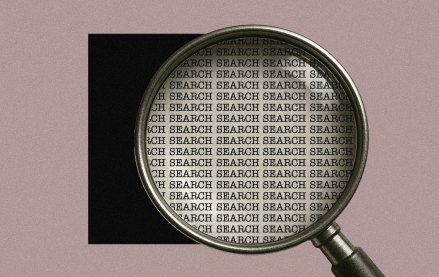Save 50% on a 3-month Digiday+ membership. Ends Dec 12.
In the UK, podcast measurement challenges stall advertiser investment
Rapid growth in podcast listening, coupled with the multitude of publisher podcasts, is slowly attracting larger advertisers with bigger budgets in the U.K. But in return, they want better evidence that podcasts drive business goals.
Typically, podcasts have been a popular medium for a lot of performance-driven advertisers who have found the price favorable and results trackable. While podcasts have always attracted a cluster of larger brands outside the direct-to-consumer sphere, more advertisers like Chanel and BMW are turning their attention to the format. Others like Jaguar Land Rover and Natwest are investing more by creating their own branded podcasts. But challenges around measurement, attribution and lack of accurate data are holding others back.
“In the U.K., the debate is very immature for what podcasting can deliver for brands and businesses,” said Peter Mitchell, co-founder of podcasting consulting company 4DC. “There’s demand for a proper, big discussion on the role of podcasts. Understanding the value equation between the listener and you means the revenue paradigm completely changes.”
The way podcast listeners are measured needs updating, according to Mitchell. With roughly 2,000 podcasts released each week according to research from 4DC, only the top 5% of podcasts will generate six-figure audiences, enough to get advertisers interested. Low audience numbers don’t account for the time people spend with podcasts and the focus they give them, which are favorable environments for advertisers to be in.
For its clients, 4DC calculates the podcast listener value using the audience number, attention and action people take after listening. After an ad campaign has run in four podcast episodes, 4DC runs effectiveness studies on the audience asking questions ranging from specific content queries, like whether something made you laugh, to how likely they were to buy something from a brand mentioned in an ad.
In a report released this month, 4DC and podcast platform Audioboom ran a post-campaign analysis for two podcast advertisers, music audio brand Bose and The Economist. In the study, brand recall was 67% and 60%, respectively.
4DC launched in December, so it’s too early to gauge the impact in whether offering post-campaign analysis leads to repeat business. Mitchell said that each week it signs up between four and six new clients, many of which are in the tech, pharmaceutical and financial industries.
Companies that look at how podcasts drive brand objectives are few and far between. According to MediaCom, the number of clients buying podcast ads has doubled in the last year, but the agency has run just a few post-campaign analysis studies.
“That research is still really in its infancy,” said Charlie Yeates, commercial trading, partner, at MediaCom. “No one really knows what the purpose is, whether it’s brand uplift or sales. KPIs will be smaller than most; it will often be more basic and not big enough to turn the dial.”
Another barrier: A lot of podcast listening happens offline, which makes it harder to target people at the right time and prompt them to take another action online within the ad.
So for all the research into growth, podcast consumption isn’t mainstream enough to tempt advertisers en masse in the U.K.
Meanwhile, in the U.S., publishers have made decent podcast ad revenue. The New York Times said — on a Digiday podcast — that podcasts are “a meaningful, eight-figure business,” driven by The Daily’s 2 million daily listeners. U.S. sports outlet The Ringer said it made more than $15 million (£11.4 million) on podcast ad sales in 2018, averaging 35 million monthly downloads.
But the U.S. is a much larger market. Podcast advertising revenue in the U.S. totaled $479 million (£376.27 million) in 2018, according to research by the Interactive Advertising Bureau and PricewaterhouseCoopers. While the U.K. podcast ad market is estimated to be far smaller — in the region of $12.73 million (£10 million), according to agency sources. The larger, more developed U.S. market allows for more advanced measurement and attribution modeling to attract bigger brand budgets. Still, the appeal is the rapid listener growth and U.K. agency executives have predicted around a 60% growth in spend each year.
More in Media

Workforce data, smarter AI integration among greatest workplace priorities in the new year
The growing importance of workforce data is just one of the prognostications people managers are making looking to the year ahead.

WTF is AI citation tracking?
Publishers are tracking AI citations to understand visibility, attribution gaps and referral traffic in these tools and platforms.

As big brands flood the podcast ad space, startups are refining strategies to stand out
While a influx of big advertisers is good news for podcast companies, it also makes it more challenging for small- to mid-sized brands to stand out in the space.








